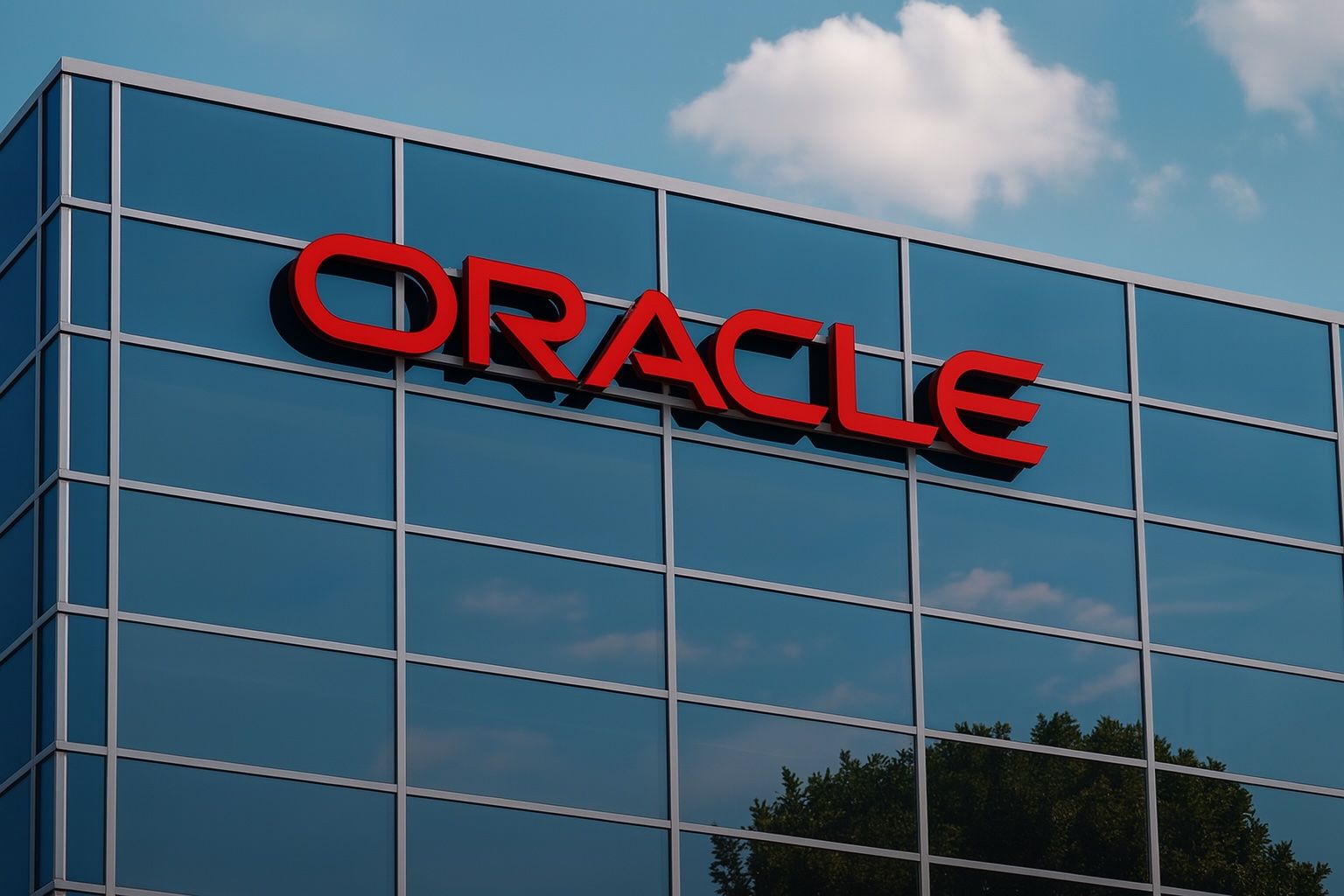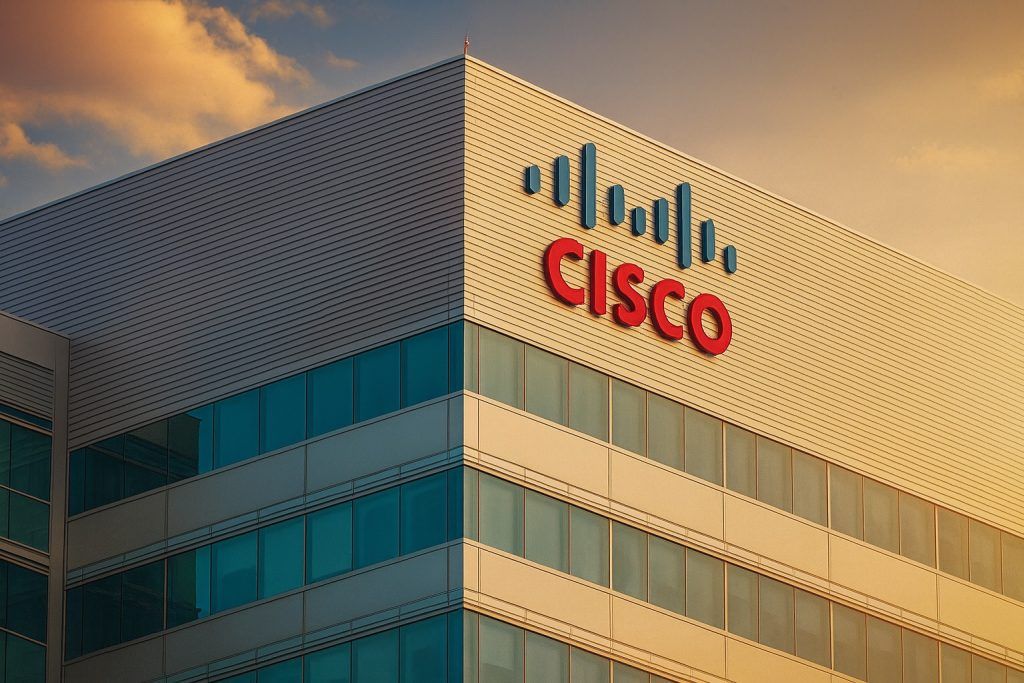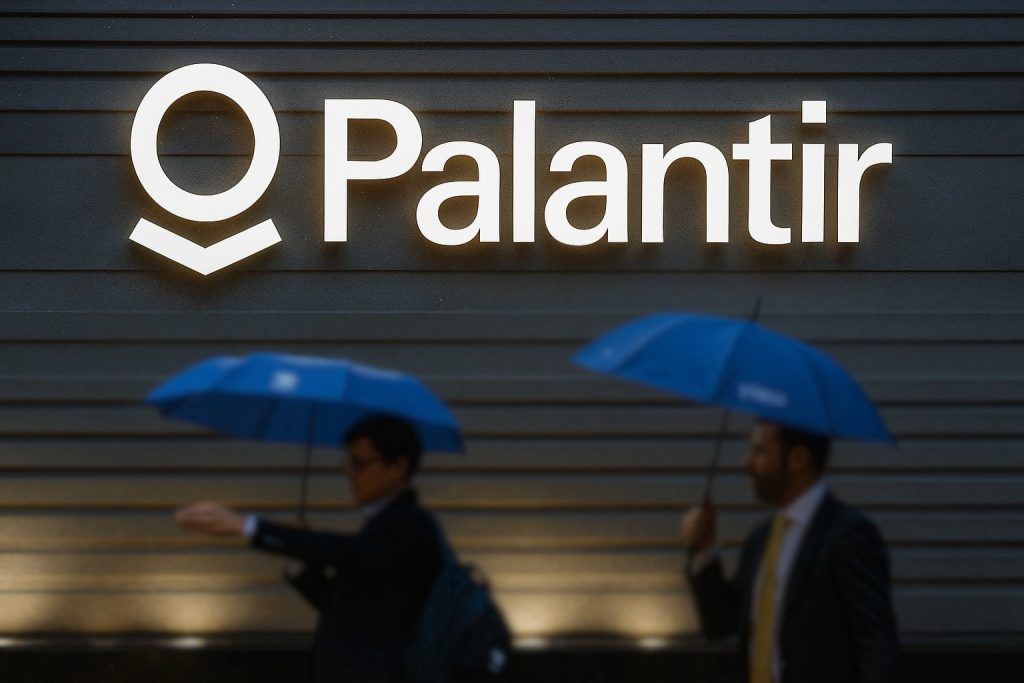Dateline — Nov 13, 2025. Oracle (NYSE: ORCL) fell again on Thursday, closing at $217.88, down about 4% from Wednesday’s finish and roughly 37% below its Sept. 10 record high of $345.69. Trading volume topped 15.9 million shares. The pullback leaves ORCL well off its early‑autumn AI‑fueled peak. [1]
What moved ORCL today
- Fresh skepticism about AI spending and accounting. Market chatter remained centered on Michael Burry’s renewed critique of how AI infrastructure is being depreciated across Big Tech—an argument that could affect reported earnings quality for companies building out GPU‑dense data centers, Oracle included. MarketWatch this week summarized Burry’s claim that extended asset lifespans may overstate profits for names like Oracle and Meta. While the debate is far from settled, it’s weighing on AI‑exposed stocks. [2]
- OpenAI linkage: boon or overhang? A new Barron’s piece published today argues that Oracle’s status as a proxy for OpenAI demand has flipped from tailwind to near‑term headwind as investors question the practicality and financing of gigantic AI‑compute buildouts. The article highlights growing caution about power constraints, capital needs and timelines for revenue conversion. [3]
Street view: one big bull still sees $400
Despite the selloff, at least one major voice stayed constructive today: Mizuho reiterated an Outperform with a $400 price target—implying sizable upside from current levels—citing confidence in Oracle’s cloud and multicloud momentum. (Yahoo Finance summary.) [4]
Today’s Oracle headlines beyond the tape
- Customer win in telecom/IoT. Oracle announced that Transatel (a BT Group company) is adopting Oracle tech to power 5G Standalone services for automotive, travel and industrial applications. It’s a modest but timely proof point for Oracle’s network‑grade cloud software as investors parse near‑term demand signals. [5]
- Security storyline evolves. Separate from core OCI, security outlets reported that the U.K. NHS was listed among organizations targeted in an extortion campaign aimed at users of Oracle E‑Business Suite (EBS) software. While the claims concern customers’ environments rather than Oracle’s cloud, headlines like these can contribute to intraday volatility. [6]
Context you need
- From euphoria to digestion. On Sept. 10, Oracle shares briefly surged 36% intraday to a $345.69 record after unveiling multi‑billion‑dollar AI cloud contracts and backlog growth; today’s close of $217.88 marks a comedown as investors reassess timelines, costs and power constraints. [7]
- Financing the buildout. Last week, Reuters reported banks arranging an $18 billion project‑finance loan tied to a New Mexico data‑center campus linked with Oracle’s role in the AI buildout—underlining both the scale and capital intensity of what the company is pursuing. [8]
Key numbers for Nov 13, 2025
- Close: $217.88 (↓ about 4% day over day)
- Range: $225.15 / $217.60
- Volume: 15,873,872 shares
- One‑day change: −$9.11
- From Sept. 10 record: ~−37%
Figures from Yahoo Finance’s historical pricing page for ORCL. [9]
What to watch next
- Earnings window: Oracle says its fiscal Q2 2026 results will be announced in mid‑December 2025, a key checkpoint for AI‑backlog conversion, capex cadence and margin visibility. [10]
- Corporate calendar:Annual Meeting of Stockholders on Nov. 18, 2025 (virtual webcast). [11]
- Narrative catalysts:
- Evidence that multicloud deals (Azure, Google Cloud, AWS) are scaling beyond Azure’s early lead.
- Clarity on large AI‑compute contracts’ phasing, power availability and funding mix.
- Any further developments in the EBS‑related extortion campaign targeting third‑party environments. [12]
Bottom line
For today, Nov 13, 2025, ORCL’s slide reflects a market in price‑discovery mode on AI economics. The bear case—voiced by Burry and echoed in today’s Barron’s analysis—warns that aggressive accounting assumptions and massive capex needs could delay payoffs and pressure earnings quality. The bull case—reinforced by Mizuho’s $400 target and Oracle’s ongoing customer wins—argues that Oracle’s multicloud strategy, backlog and unique data‑plus‑AI positioning can still translate into durable growth as capacity comes online. Expect volatility to persist into the mid‑December earnings report. [13]
This article is for information only and is not investment advice.
References
1. finance.yahoo.com, 2. www.marketwatch.com, 3. www.barrons.com, 4. finance.yahoo.com, 5. www.oracle.com, 6. www.securityweek.com, 7. www.reuters.com, 8. www.reuters.com, 9. finance.yahoo.com, 10. investor.oracle.com, 11. investor.oracle.com, 12. cloudwars.com, 13. www.marketwatch.com







